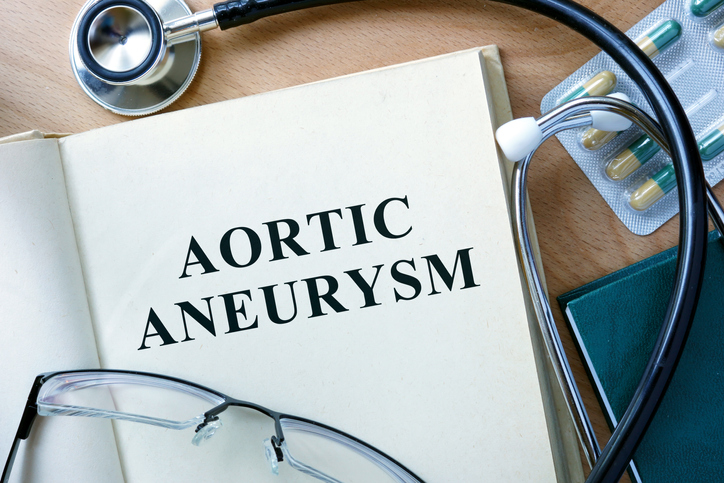Abdominal aortic aneurysm – commonly known as “triple A” – is often referred to as the silent killer. But a simple, 10-minute screening for this condition along with early intervention have proven to be lifesaving. Vascular surgeon Dr. Akhilesh Kumar Jain from the Hartford HealthCare Heart & Vascular Institute explains.
Q: Who is most at risk for triple A?
A: Abdominal aortic aneurysm typically is a disease process that involves us around when we are 60 years and older. Although there are certain conditions that predisposes us to develop aneurysms much earlier in the age, people who have ever been smokers in their life are other risk factor for aneurysms.
Q: What exactly is happening when someone has a triple A?
A: In past, we used to repair aneurysms with big, open surgery in which we would need to open up the chest or the belly. However, these days we have the ability to repair with minimally-invasive ways like stent grafts. These stent grafts can be delivered into the body through small incisions, really small, tiny holes in the groin arteries. Through that, we deliver it in the aneurysm and seal off the aneurysm. This is something that we use for the thoracic aortic aneurysms, and these are the fenestrated stent grafts which are used for more complex abdominal aortic aneurysms.
Q: There is a simple screening for triple A. If it is discovered during this screening, what happens?
A: The recommendation to treat the aneurysm it doesn’t rupture. Once we have treated these aneurysms through surgery, we continue to monitor these patients annually to make certain there are no other aneurysms developing. We are friends for life.
Learn more about abdominal aortic aneurysm prevention and treatment here.

